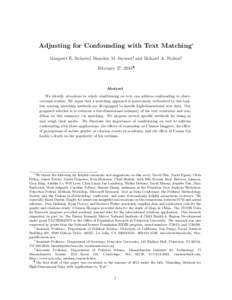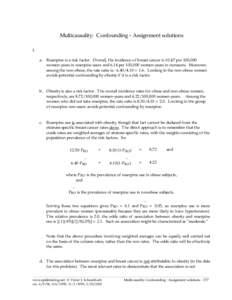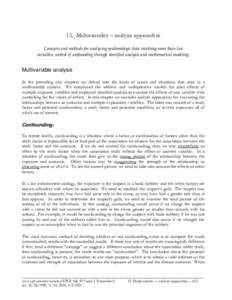<--- Back to Details
| First Page | Document Content | |
|---|---|---|
Date: 2013-08-25 13:24:38Analysis of variance Econometrics Philosophy of science Pre- and post-test probability Design of quasi-experiments Validity Linear regression Internal validity Confounding Statistics Design of experiments Regression analysis |
Add to Reading List |
 Quasi-Experimental Design A quasi-experiment is one where the treatment variable is manipulated but the groups are not equated prior to manipulation of the independent variable. I shall discuss a few such designs he
Quasi-Experimental Design A quasi-experiment is one where the treatment variable is manipulated but the groups are not equated prior to manipulation of the independent variable. I shall discuss a few such designs he



